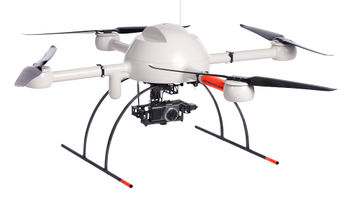Fields of competence

ROBOTNOR represents a unique synergy of academic and industrial expertise which allows us to counsel and comprehend a wide variety of tasks and projects. Our fields of competence are numerous and diverse.

European countries have vast coasts and economic zones which go far into the Atlantic and Arctic oceans and which are challenging to monitor and manage. Moreover, the drive towards more remote locations and harsher environments demands new approaches and technologies.
A key technology is the use of autonomous unmanned aerial vehicle systems (UAS) instead of manned aircrafts, buoys, ships or satellite-based remote sensing. UAS offer advantages such as reduced cost, increased flexibility and availability, rapid response, higher accuracy or resolution, and reduced risk for humans and the environment. Potential applications of UAS technologies in marine and coastal
monitoring include mapping and monitoring of marine resources, environmental parameters such as oil spills, climate indicators, and sea ice in arctic regions. Moreover, UAS can be used for inspection of fisheries, surveillance for security, data acquisition from buoys, surface ships and underwater vehicles, assistance in search and rescue missions, and situation awareness in marine operations.
The research conducted by ROBOTNOR addresses the following research objectives:
See also the web pages of the Unmanned Aerial Vehicles Laboratory (UAV-Lab).